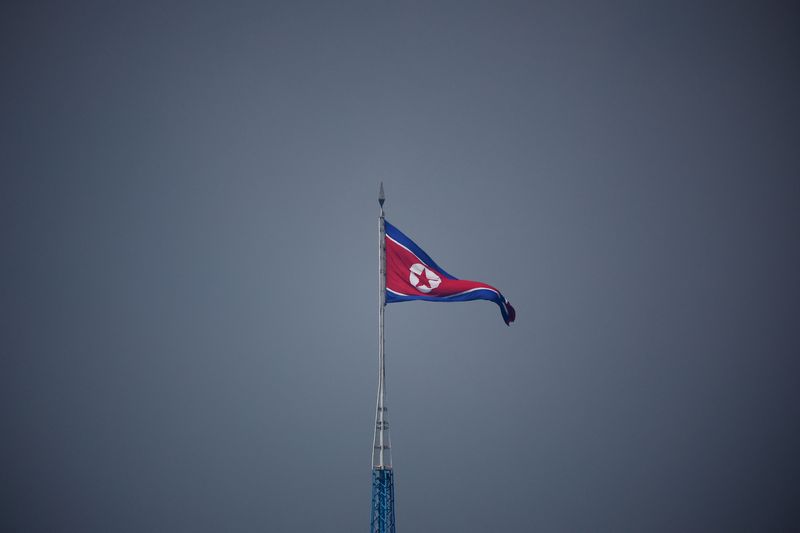What is Purchasing Power Parity?
Purchase power parity refers to an economic theory used to compare the currencies of different countries. It does so by using a “basket of goods” approach. In other words, it compares several currencies by looking at the purchase price of those currencies for the purchase of the same goods or services.
The concept of purchasing power parity is crucial for multilateral comparisons between the living standards and national incomes of different countries. Purchasing power parity between two countries suggests that a unit of currency in one country will buy the same basket of goods and services in the other. In this case, the two currencies are at equilibrium, also known as being at par.
How to calculate Purchasing Power Parity?
Calculating purchasing power parity requires users to establish the goods or services to use. Once they do so, they must determine the cost of those goods or services in two currencies. These are currencies for which they want to calculate purchasing power parity. Then, they can use the relative version of purchasing power parity to measure it. The formula is as below.
S = P1 / P2
In the above formula, ‘S’ denotes the exchange rate of currency 1 with respect to currency 2. ‘P’ represents the cost of the selected goods or services in each currency.
Example
A burger in the US costs $8. The same burger in the UK costs £6. While the currency exchange rate between both countries is $1.25 to £1, the purchasing power parity may be different. Since it is already certain that the goods to use for the purchasing power parity calculation is the burger, it is necessary to establish the primary currency. The purchasing power parity of the USD with respect to the GBP will be as follows.
S = P1 / P2
S = $8 / £6
S = $1.333
Similarly, the purchasing power parity of the GBP with respect to the USD will be as follows.
S = P1 / P2
S = £6 / $8
S = £0.75
Why is the Purchasing Power Parity important?
The purchasing power parity theory is crucial for various reasons. Firstly, it helps in the comparison of the national incomes and standards of living in several countries. Therefore, the purchasing power parity between two countries represents the total number of goods and services a single unit of currency of one country can purchase in another. It takes the purchase levels in both countries into consideration for that calculation.
Purchasing power parity is also critical in the calculation of the gross domestic product of a nation. For that, it helps offset the impact of inflation and similar other factors. Similarly, it mitigates the problem of a large difference in inflation rates across countries and helps measure relative outputs. Through purchasing power parity, the comparison of the GDPs of several countries becomes straightforward.
What are the limitations of Purchasing Power Parity?
Purchasing power parity has some limitations as well. These limitations come in the form of various things that it neglects in calculations. Economists believe that the theory fails to consider tax differences, non-traded services, transport costs, market competition, and government intervention. These factors can affect the price of goods or services in a country and impact the purchasing power parity calculation.
Conclusion
Purchasing power parity is a theory used to compare the currencies of different countries. It compares the prices of goods and services between the two countries to do so. Purchasing power parity is crucial in calculating national incomes and standards of living for countries. Similarly, it also plays a role in the calculation of gross domestic product. However, it does neglect some important factors.
Further questions
What's your question? Ask it in the discussion forum
Have an answer to the questions below? Post it here or in the forum




